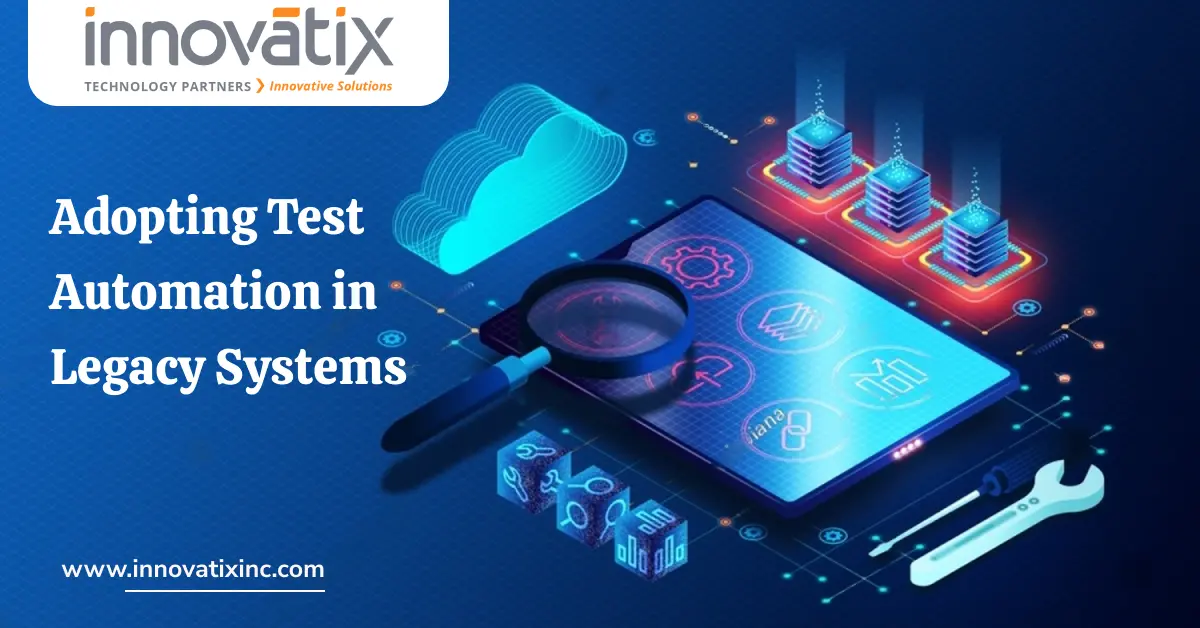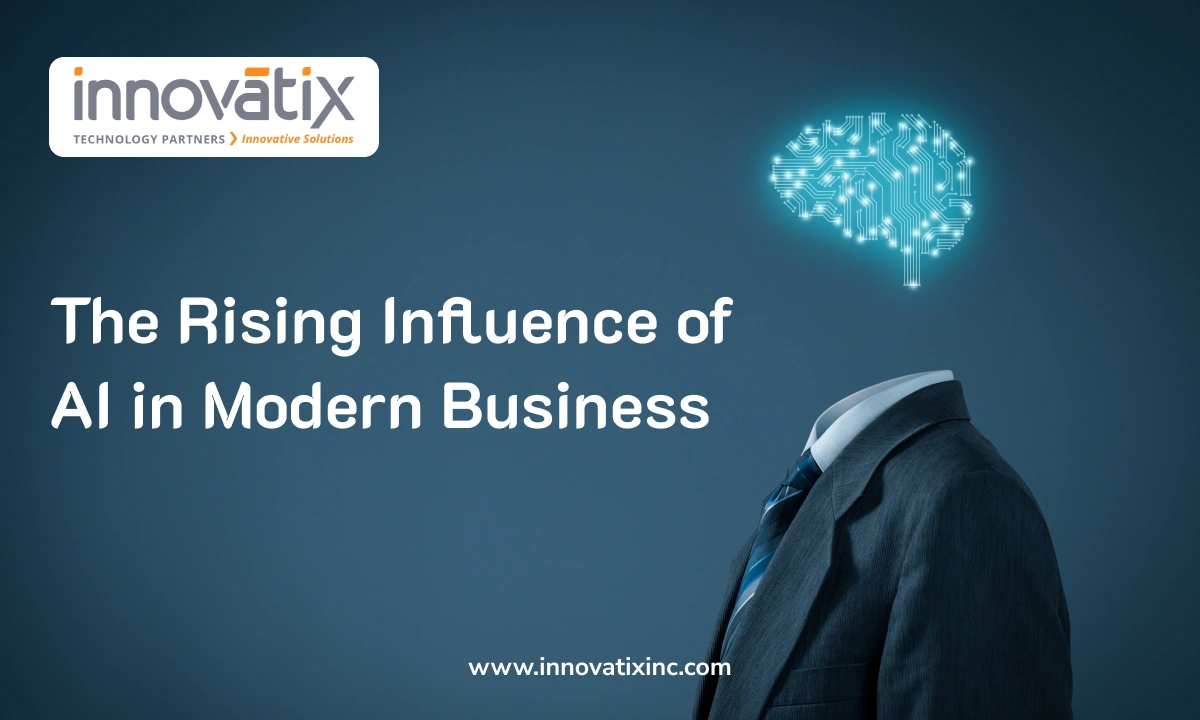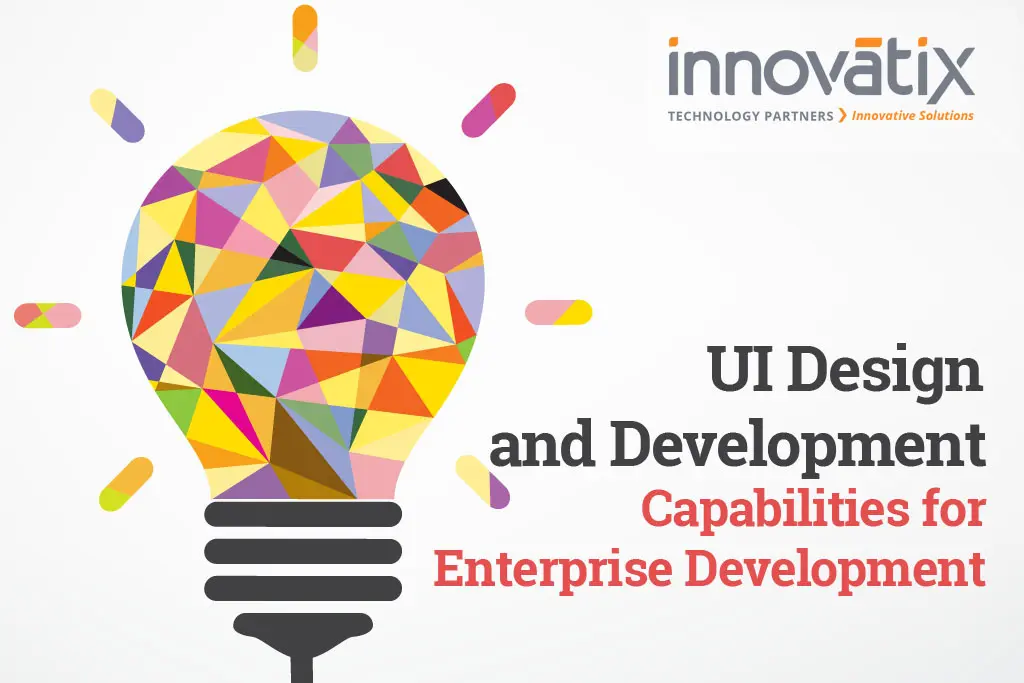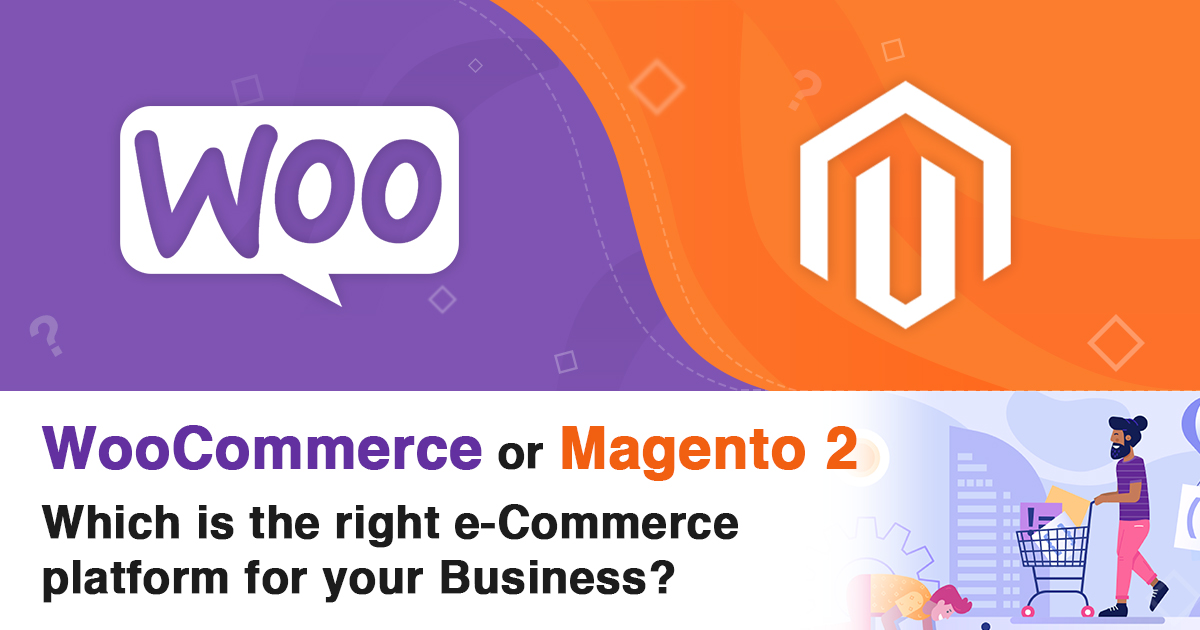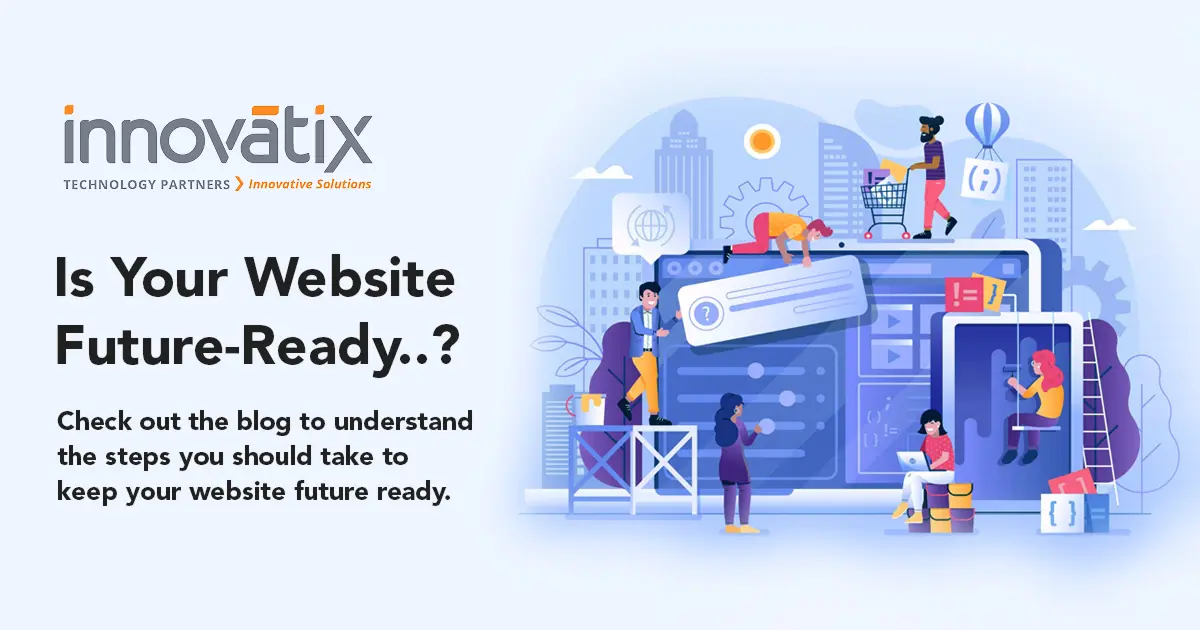Laravel is an open-source full-stack PHP framework providing a rapid development platform. Laravel has gained popularity amongst web application developers and enterprises looking for web app solutions and other PHP-based MVC frameworks due to its integrity, execution, scalability, and features. Considering the competition prevailing in the market, the one thing developers and entrepreneurs can’t afford today is time. This demands an infrastructure that can keep up with the required speeds. This is especially crucial for web development; we should ensure the framework we deploy meets these requirements. Laracasts, an active community of developers, supports Laravel by providing solutions for customer needs and always keeping up with the latest trends. Latest Trends In Laravel One of the most current web application developments in Laravel is Cloud Integration. Laravel Vapor is a serverless deployment platform for Laravel with auto-scaling advantages powered by AWS Lambda. The most significant benefit of this infrastructure is that it allows running code without configuring and managing the servers. It will enable your applications to scale automatically to meet demand with little capacity planning. Laravel Forge is a server management tool built for application deployment services. Forge takes the hassle and pain out of deploying to servers and can be used to launch your next mobile API or website. Laravel Envoyer ensures Zero downtime for deploying PHP applications. Usually, when deploying a PHP application like Laravel, you would put up a maintenance page until you are done deploying your application. While installing Composer updates, end users of your application can face inconvenience and encounter a fatal error. Using Envoyer, we don’t have to worry about application downtime. We can deploy all day long without interrupting any of our customers. Just push your code, and Envoyer delivers your application to one or many servers. A micro-front end is an architecture that allows teams to work independently on web application UIs composed of semi-independent fragments. Later it combines them all to create a feature-packed application. Micro frontends enable us to consider a unified method to deal with changes. We can make every business requirement easier to test and maintain by choosing this architecture. Over the last several years, the popularity of Cryptocurrencies has grown even less. Eradicating any uncertainties about the procedure, they have assured secure online transactions. Blockchain technology, also known as a records-chain structure, is an information structure that simplifies the process and increases security by incorporating conditional records. Because of its safety and reliability, many major corporations have begun accepting cryptocurrency payments. Laravel interacts with blockchain API efficiently through third-party packages and has no vulnerabilities. AI Chatbots engages with humans and converse with them to help with customer service difficulties, technical questions, and SOP advice. With Laravel trends, you can make customer service procedures more accessible and faster by building intelligent chatbots. In the Laravel community, the Internet of Things (IoT) is the hottest topic and merging them with the Laravel framework may be advantageous to any business. Arduino is a hardware platform that is language-neutral and more versatile, supporting PHP and working with other devices. Many firms have noticed Laravel’s strength, with the most outstanding IoT solutions. IoT enables web developers to construct legible code without difficulty using built-in functions with many terrific capabilities. Compiling assets helps manage data better. Laravel Mix is an in-built asset compilation package provided by Laravel. These packages are beneficial in storing different kinds of data in different places or folders and help with the initial stages of web development. It helps avoid being confused about which data you need now. The Latest Release Features Make It Relevant Now Laravel aims to make the advancement process of application development faster and smoother, so they are seeking out new releases with new features, functionalities, advancements, and much more continuously. Laravel has gone through several updates. Its functionalities and features have developed with every release, becoming the go-to PHP framework for web application development. With Laravel 9, developers are empowered with the new query builder interface for static analysis, type hinting, and refactoring. Since the minimum requirement for Laravel 9 is PHP 8, Laravel utilizes the most up-to-date PHP 8 string functions. Multiple migrations in the same class name can cause issues when attempting to recreate the entire database. Migration class name collisions are eliminated by default use of stub migration in the new Laravel release. Laravel Supporting And Opposing Arguments Each framework has its Positives and Negatives, and we can do almost anything in any modern framework. Every framework provides alternatives for its cons. Laravel framework provides ready-to-use mail templates that are simple and clean, powered by the popular Symfony mailer component. This software minimizes the coding required with the extensive library of pre-programmed functionalities. It has a safe, built-in access control system. Additionally, it provides a robust mechanism that allows you to handle any issues or bugs with ease. Using Laravel makes Data migration a lot simpler. The overall project development time is cut down. Laravel offers users easy-to-use pre-built designs, security, Password hashing, an Authentication system, Protection against XSS, Protection against CSRF, Cookie protection, and SQL injection. Laravel protects against XSS if the attack is related to rendering UI outside of the blade by using a pre-defined PHP function. Support for the software isn’t readily available; dealing with issues in the case of system downtimes can become problematic. Laravel has regular updates, which is excellent. The downside of regular updates is that older product versions quickly become buggy. Conclusion For more than a decade, Innovatix Technology Partners, a Macrosoft, Inc. company has provided full-stack Laravel development services to help companies with their enterprise online applications. The out-of-the-box features provided by Laravel can help you with any digital project. The Innovatix team has produced numerous web applications and is knowledgeable about the Laravel ecosystem. Laravel provides official packages that are the cherry on the cake. It can build high-quality, scalable, traffic-generating websites that can increase enterprise competency. Laravel may not be able to solve all your digital challenges, but it will


